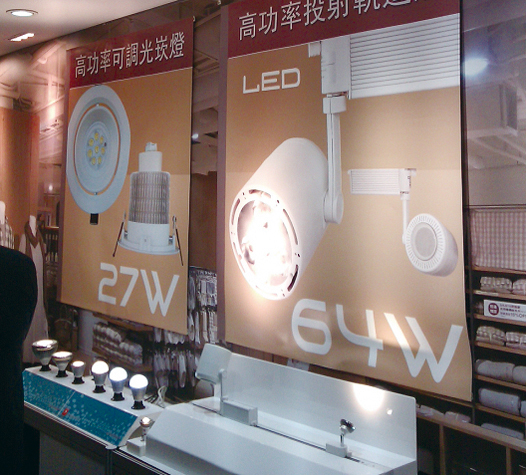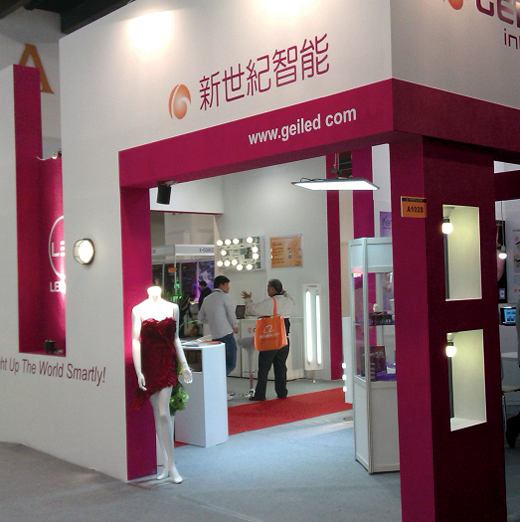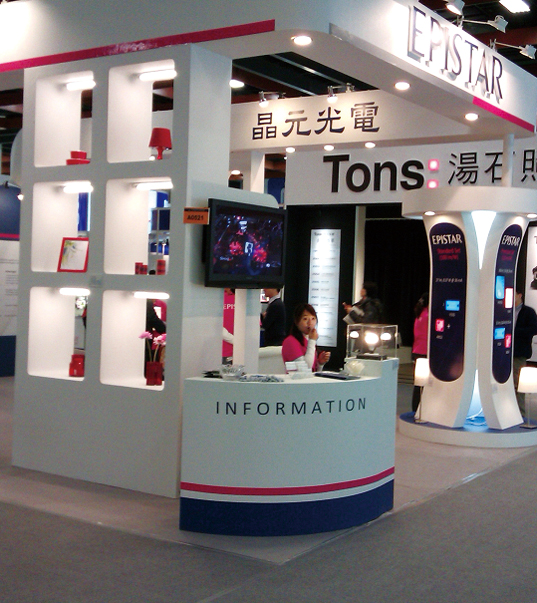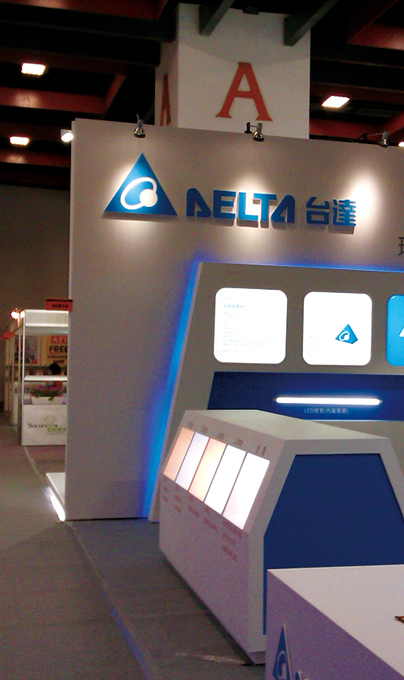Taiwan's LED Lighting Makers See Brighter Times Ahead
Falling prices will boost sales in the years to come
2013/03/08 | By Michelle Hsu
For most industries the first quarter is usually a slack season, but Taiwan's LED lighting industry is optimistic because of the increasing application of LED lighting and the healthy consolidation that the industry has undergone.

As a result, Formosa Epitaxy believes that the LED industry will enjoy a general improvement, and Genesis Photonics doesn't think that there will be an oversupply of LEDs this year.
TrendForce's LED research arm, LEDinside, predicts that the size of the global LED lighting market may top US$11 billion this year, for a growth of 26%, and that it will continue growing to US$19.2 billion in 2015, for a compound annual growth rate of 20% during the 2012-2015 period.

According to LEDinside, the expected boom in the LED industry this year will encourage companies in the line to expand their operations. Two of Taiwan's LED companies held extraordinary shareholders' meetings in the first week of this year, Formosa Epitaxy to approve the transfer of a major stake to China's San'an Optoelectronics, and Tera Xtal to consider the raising of funds through the issuance of another 100 million shares. These moves imply new investments in the near future.
Nan Ya Photonics, a joint venture between Formosa Plastics and Epistar, recently completed its first assembly line with a monthly capacity of half a million LED light bulbs and will soon launch a campaign to promote the sale of its products.
Upon the completion of the new line, Wang Wenchiao, chairman of Nan Ya Photonics, pointed out the advantages of LED lighting: economy, long life, safety, lack of pollution, and controllable light wavelength. “It would be extremely regrettable if high prices held back the spread of these products,” Wang commented. “So we made the decision to set up an automatic assembly line to bring costs down.”
Epistar's chairman, Lee Bingjie, expressed his approval of automated assembly lines, noting that most LED bulbs are now assembled manually and that without automation it would be difficult to bring prices down and meet the demands of the market.
A joint-venture upstream LED module maker that was established by Taiwan's Epistar and LiteOn Technology in Changzhou, China, began to see booming growth in the second half of 2012 as LiteOn boosted orders for modules to support its sales of LED lighting products. This has prompted the Changzhou factory to speed up the installation of MOCVD facilities in anticipation of growing production.
In addition to supplying its parent company, the Changzhou plant also ships to Japan, Europe, and the U.S.

China Electric Manufacturing Corp., another major LED lighting supplier in Taiwan, has set up a subsidiary in Xiaman, Fujian Province to turn out LED lighting and electric vehicles in partnership with upstream materials and parts suppliers. China Electric has already been active in China, marketing lighting products under its own brand name.
Lucrative Opportunities
Growing sales of LED lighting will bring opportunities to manufacturers in peripheral industries. LED lighting drivers, for instance, are vital components that help determine the quality of light, and most Taiwanese suppliers of this product are also engaged in the production of the power management chips that can enhance the performance of LED lamps. Demand for their products is booming, and many of them expect to double their output this year.




